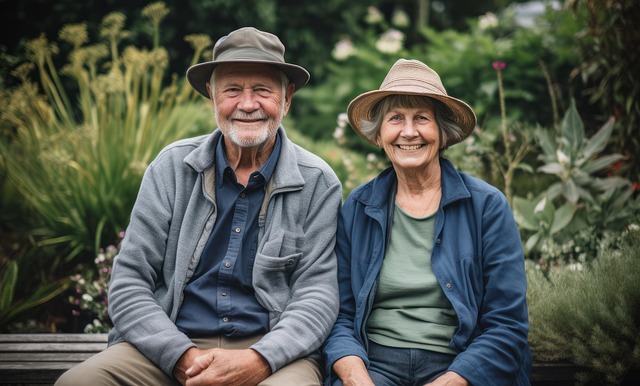In real estate, catering to aging residents' unique needs is a growing priority. Developers can transform property strategies by designing inclusive spaces with accessibility features like wider doorways and grab bars. Offering specialized housing solutions, such as retirement communities, ensures safety and comfort for independent living. Prioritizing intergenerational spaces, natural lighting, and community engagement enhances quality of life for seniors, reflecting society's commitment to aging with dignity. These practices not only cater to current needs but also increase property appeal for future buyers and renters.
In an aging population, catering to the needs of seniors is paramount for real estate developers. This article explores strategies to enhance senior living through understanding their unique requirements. We delve into designing inclusive spaces that accommodate various abilities, emphasizing accessibility and community engagement. By focusing on these aspects, real estate can create vibrant environments where seniors thrive, ensuring their well-being and independence. Discover how these approaches revolutionize the way we approach housing for an aging demographic.
Understanding the Unique Needs of Aging Residents in Real Estate

In the realm of real estate, understanding the unique needs of aging residents is a game-changer that can revolutionize the way properties are designed and marketed. As folks age, their physical abilities and lifestyle preferences evolve, necessitating living spaces tailored to their changing requirements. This involves creating environments that promote ease of access, safety, and comfort for senior citizens. For instance, features like wider doorways, grab bars in bathrooms, and wheelchair accessibility can make a significant difference in their daily lives.
Real estate professionals who cater to this demographic can offer specialized housing options, such as retirement communities or assisted living facilities, that provide not just accommodation but also a supportive environment. By recognizing the need for adaptability and inclusivity, developers and agents can create vibrant spaces that foster independent living while ensuring accessibility and convenience for aging residents, thus enriching their golden years.
Designing and Developing Spaces that Accommodate Senior Living

Designing and developing spaces tailored for senior living is a growing priority in real estate, reflecting a society’s commitment to aging with dignity. These spaces must cater to the unique needs of older adults, focusing on accessibility, comfort, and community. Incorporating features like wide doorways, lever handles, and ramp access ensures ease of movement, while well-lit paths and seating areas promote safety and independence.
The development of intergenerational spaces that blend seamlessly with natural environments fosters social interaction and cognitive stimulation. Real estate professionals can create vibrant communities where seniors feel connected to their surroundings, encouraging active lifestyles. By prioritizing universal design principles, accessibility, and a sense of belonging, developers can contribute to building inclusive environments that enhance the quality of life for aging residents.
The Role of Community Engagement and Accessibility in Catering to Aging Residents' Needs

In the realm of real estate, catering to the needs of aging residents is a growing priority. Community engagement plays a vital role in ensuring their well-being and satisfaction. By fostering strong connections within the neighborhood, developers and property managers can create an environment that promotes social interaction, encourages active lifestyles, and provides easy access to essential services. Regular community events, dedicated green spaces, and intergenerational programs can all contribute to making aging residents feel valued and integrated.
Accessibility is another critical aspect. Real estate professionals must consider the physical needs of older adults by incorporating design features that accommodate mobility challenges. This includes wide hallways, no-step entrances, grab bars in bathrooms, and well-lit spaces. Additionally, ensuring proximity to healthcare facilities, public transportation, and convenient shopping options can significantly enhance the quality of life for aging residents. Such inclusive practices not only cater to current needs but also future-proof properties, making them desirable choices for a diverse range of buyers and renters.






